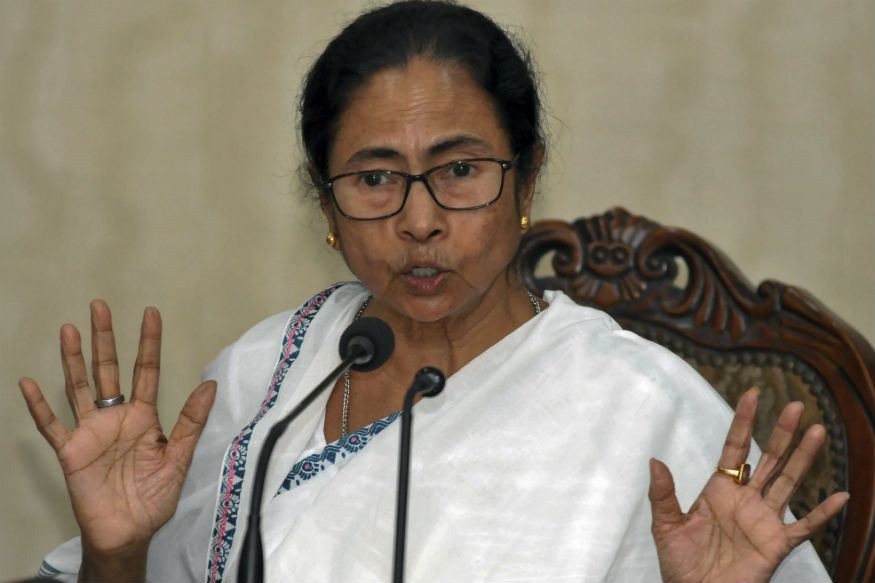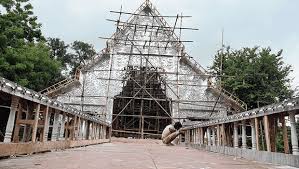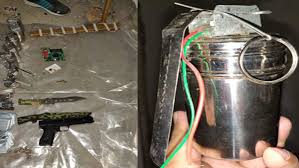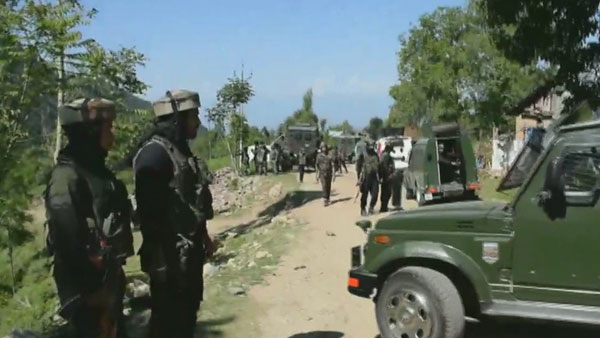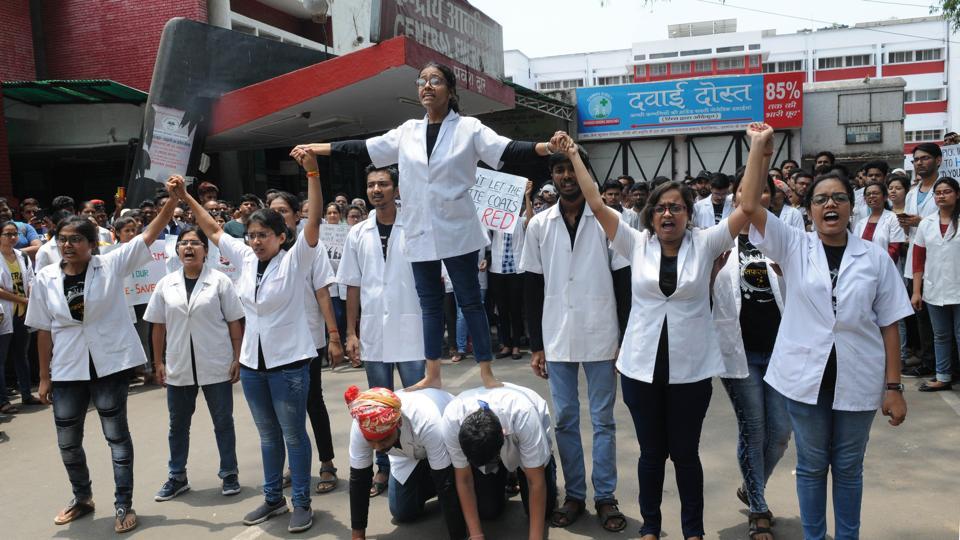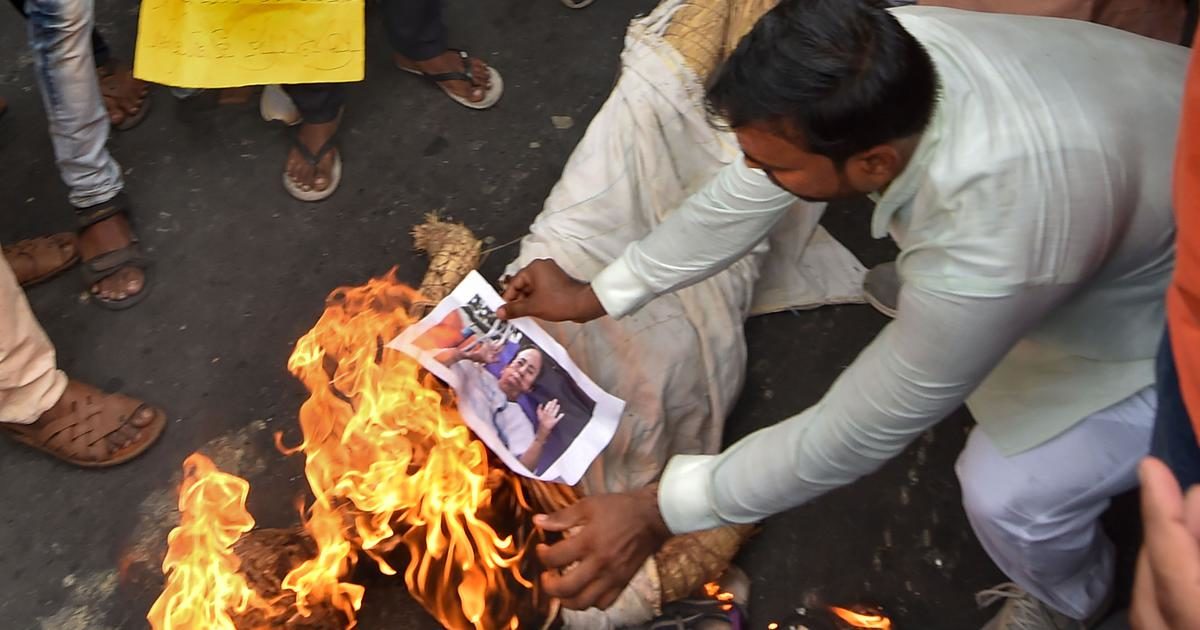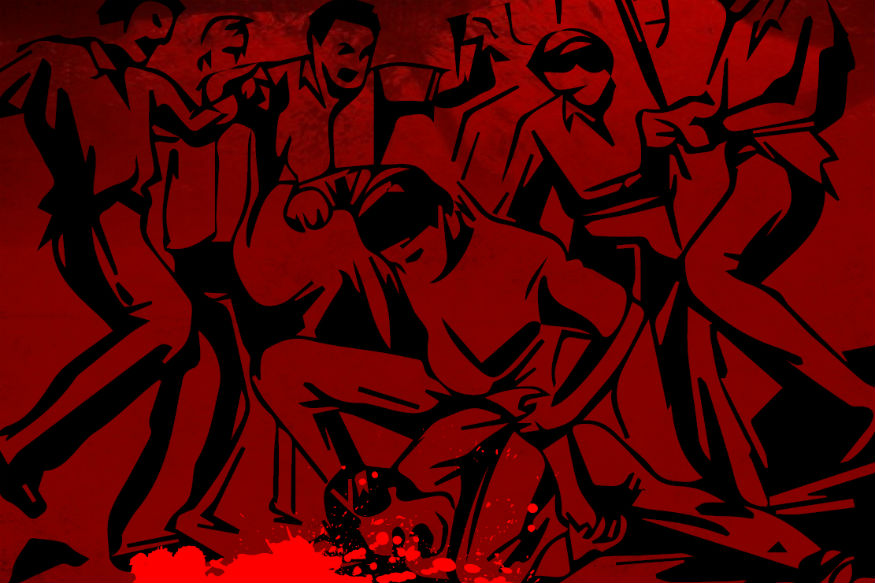Source – news18.com
Kolkata: A day after slamming Asaduddin Owaisi’s party for dividing the Muslim votes in Bengal, Trinamool Congress chief Mamata Banerjee has now hit out at North Malda administration for failing to control a series of protests taken out by the Jharkhand’s Disom Party (JDP).
During a recent administrative meeting, a visibly angry Mamata came down heavily on the Malda Superintendent of Police Alok Rajoria for failing to control the rallies by the BJP backed Jharkhand’s Disom Party in Malda North.
“You have to be rough and tough now. How come Jharkhand’s Disom Party from Jharkhand is creating a law and order problem in Bengal. I don’t want to hear it again. Please do your job…. a police’s job is to maintain good governance and if they are unable to do this then they can leave and concentrate on theatre and singing,” Mamata said.
But, Mamata’s frustration aren’t with a cause. In the recent Lok Sabha elections, TMC had failed to open its account in Malda North and Malda South as the tribal votes had effectively coalesced towards the BJP. Adding to this, the challenge that Owaisi’s AIMIM will pose as it is attempting to win the significant Muslim vote.
In Malda North, BJP’s Khagen Murmu defeated sitting MP Mausam Noor, a former Congress MP who had fought on a TMC ticket, while in Malda South Abu Hasem Khan Choudhury of the Congress won the seat by defeating BJP’s Sreerupa Mitra Chaudhury. TMC’s Md Moazzem Hossain stood third with 27.47% vote share.
Malda North shared a border with Jharkhand which played to Khagen Murmu’s advantage as he managed to consolidate the tribal vote with Jharkhand Disom Party’s support.
The last few months have seen a series of protests by Jharkhand’s Disom Party in North Malda over various demands, which TMC claims is a mere political strategy.
“If they have any demands, they should protest in Jharkhand. What does the West Bengal government have to do with their protest? They have a BJP government in Jharkhand but they are raising their demands in Bengal,” a TMC MLA in North Malda said.
The Jharkhand Disom Party is very active in North Malda’s Habibpur (among the assembly constituencies in the Adina area). In these two areas, the tribal vote share is nearly 80 per cent (the tribal vote share in North Malda is close to nearly 11.5 per cent), which helped BJP’s Khagen Murmu defeat a strong leader like Mausam Noor.
Jharkhand Disom Party, which mainly works for the rights of the tribals, not only helped Murmu win the Lok Sabha seat but also helped him to increase his vote share by 37.61 per cent (+22.52 per cent).
“In the Jangalamahal area too the BJP managed to strong inroads. She (Mamata) is basically worried that the tribal votes are shifting towards the BJP. Her aggression against the Jharkhand Disom Party during the administrative meeting was logical because they had failed to open an account in Malda,” political expert Mohit Ray said.
Jharkhand Disom Party was founded in 2002 by MP Salkhan Murmu. In August 2014, Salkhan Murmu merged his Jharkhand Disom Party with the BJP in the presence of former Jharkhand Chief Minister Arjun Munda.
